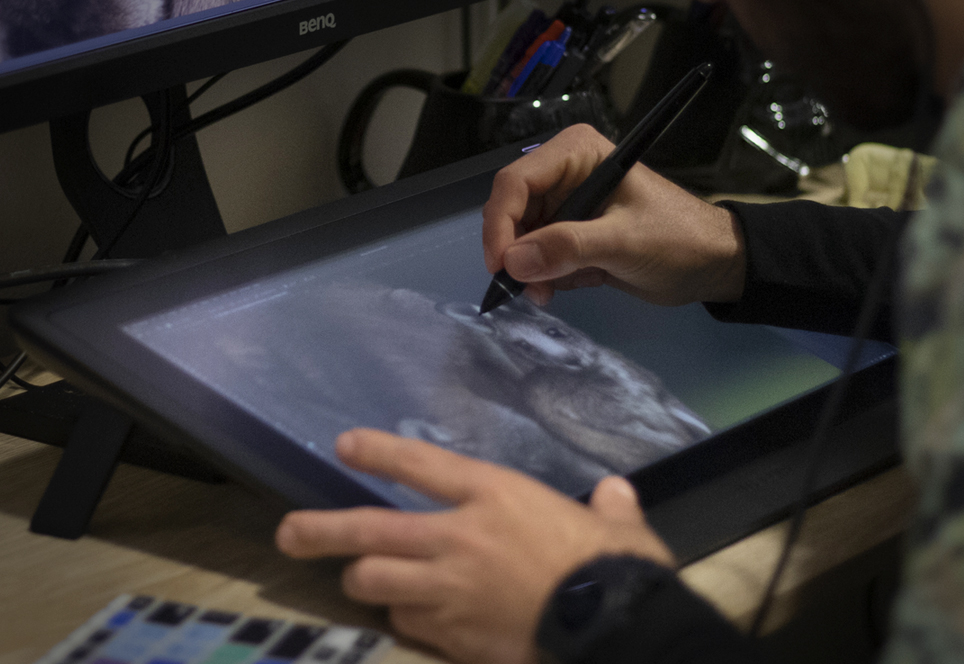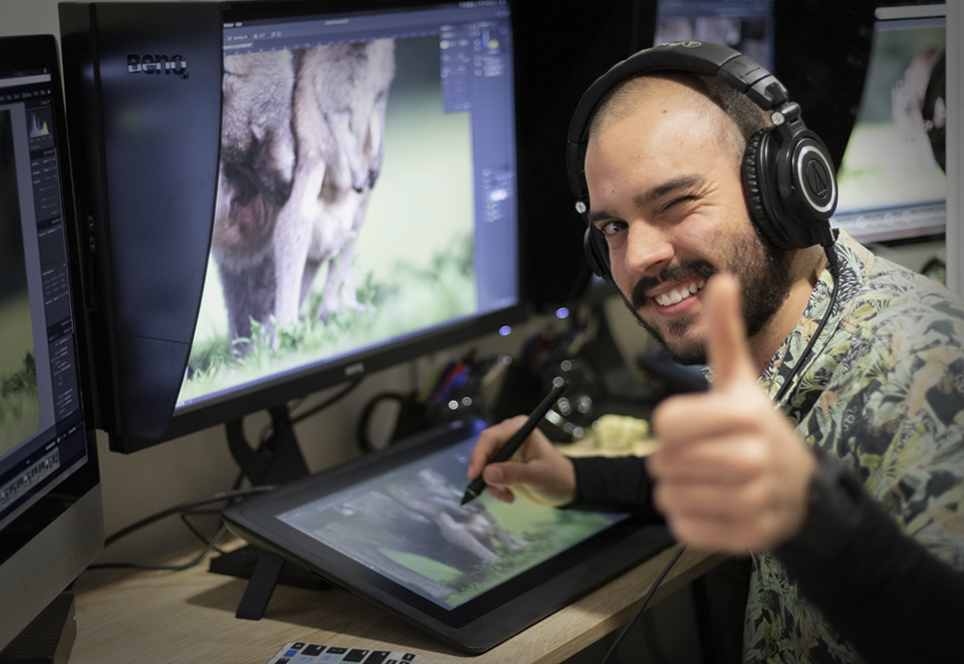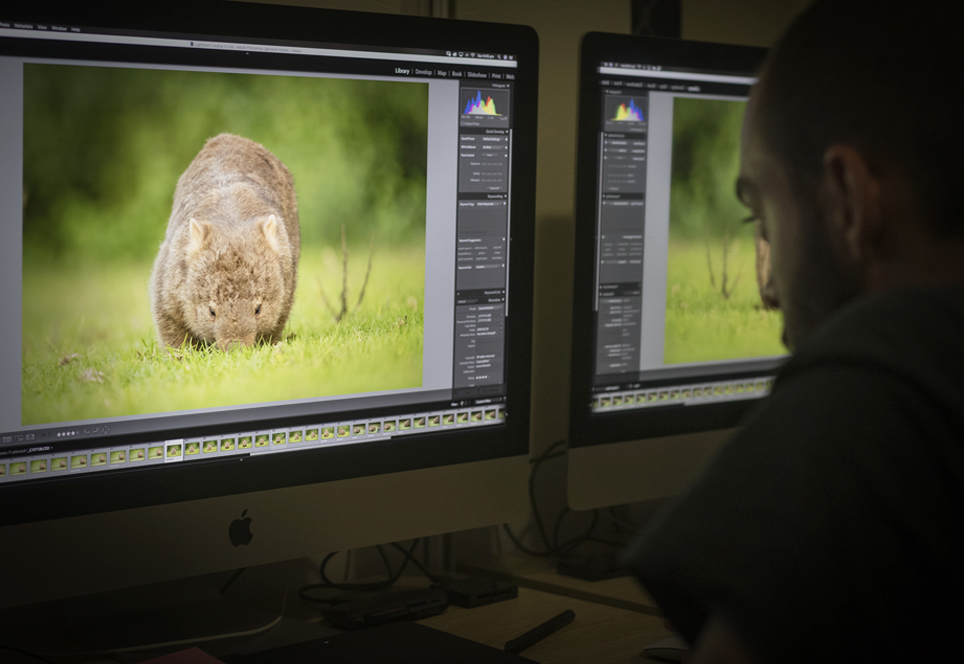My 5 top personal photo editing tips to help you get better results
One of the key parts of content production is post-production. Although a photographer’s job is mostly done while capturing his subject, editing photos can genuinely impact the final results of any photography session. I have learnt that photo editing not only depends on the skills you have within a specific software but also on how you edit and which tools you use to achieve the desired results. So without further ado here are my 5 top tips to help you edit photos and get better results.
Use a drawing tablet
When editing, most people use a standard mouse and keyboard to manage and edit their photos. Although this can be a useful tool for most, drawing tablets, offer more control and efficacy when dealing with images. Not only will you be able to trace details more precisely, but you will also be cutting the consumed editing time in half. I prefer editing directly on top of my photo. That is why I use a Wacom Cintiq drawing tablet linked to my computer, which offers me a significant control on each image I post-produce. With hard edits, it helps me maintain the details I want and precisely enhance subjects in the picture.

Calibrate your display to match your colour profile
Unfortunately, screen displays do not always show you the accurate colours which you have captured. This can be a hazard to photographers during post-production. Observing inaccurate colours will not only affect your colour correction process but will also affect your overall result in photo prints.
A good and effective way to fix this is purchasing a screen colour calibrator. These small yet powerful devices are engineered to match your screen display to the actual colours that will be used on a print. Calibrators also help photographers match their screen displays colours to another. This creates a unique colour uniformity which allows the artist to observe the same colour profile consistently through all screens.

Don’t do all of your work on Lightroom
Many people ask me how I edit my photos. I always reply by telling them how I import my photos to Lightroom and then after going through the bulk I select a few and spend time with these select few on photoshop. Generally, they tell me I work too hard and that I should use Lightroom alone. And then I say “The truth is that Lightroom is very effective but not as effective as photoshop.”
Photoshop, however daunting it may be, offers any user the complete control over every pixel in an image. I always try to keep the photo as realistic and faithful to reality as possible. Effectively, photoshop not only helps you achieve that but also helps you colour correct and fix small issues in the photo.

Have a clean and comfortable, creative space
Sitting hours at a desk while producing creative content can eventually be an exhausting task, and staying focused while tired is an even more significant challenge. Desks can have a considerable impact on how much fatigue you feel while you work. They can either help you by maintaining you focused or take your concentration away with clutter and discomfort. I believe that clean and clutter-free desks are not only healthy but also increase productivity and motivation.
Chairs are also essential. For any person that spends an enormous amount of time sitting at the desk, it is vital to have a chair that not only is comfortable but will also support your back while you work. Specifically, I prefer chairs that have lumbar support, a suitable headrest and comfortable armchairs.

Be curious and creative
The best way to improve and expand your skills is always to try new things. Do not be afraid to test a new tool or play around with functions. It is essential for a photographer to learn and innovate continuously. Once you have found your editing style and feel comfortable using the tools given, try something new and be creative. Eventually, you might discover a new tool or a new approach to editing that will be more effective or will achieve better results.